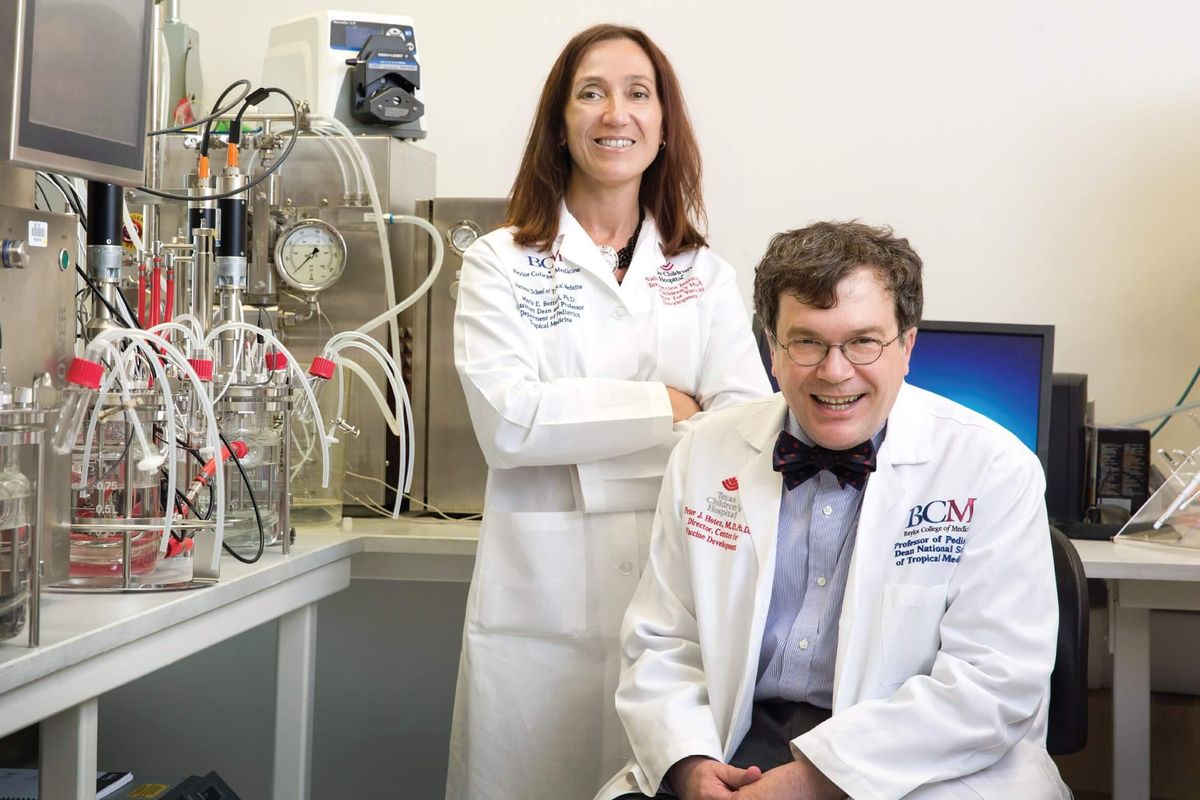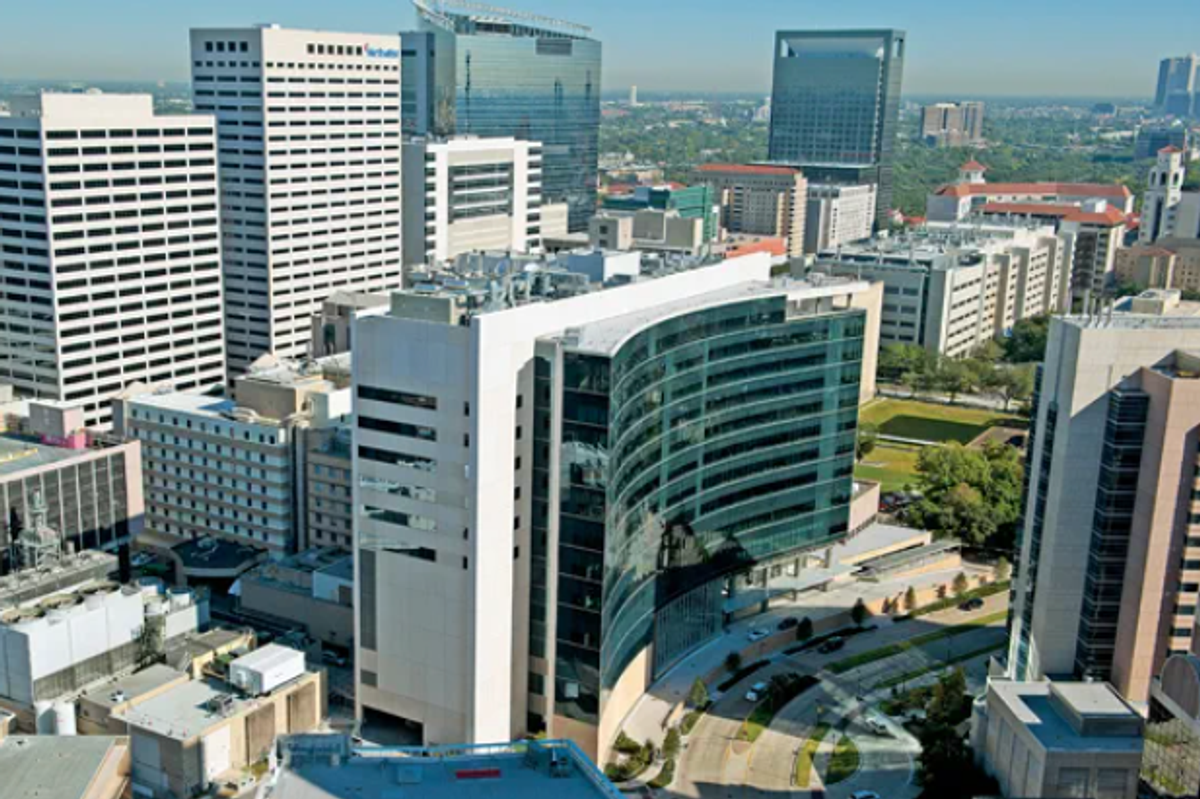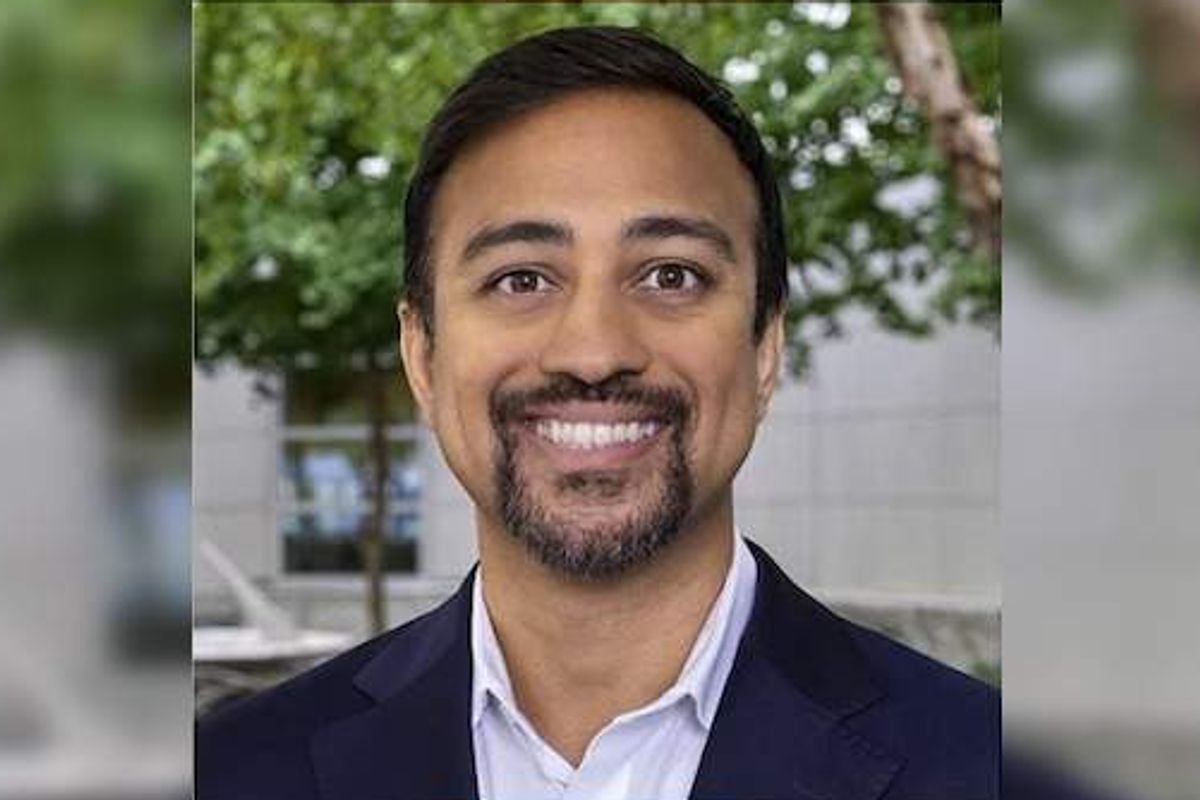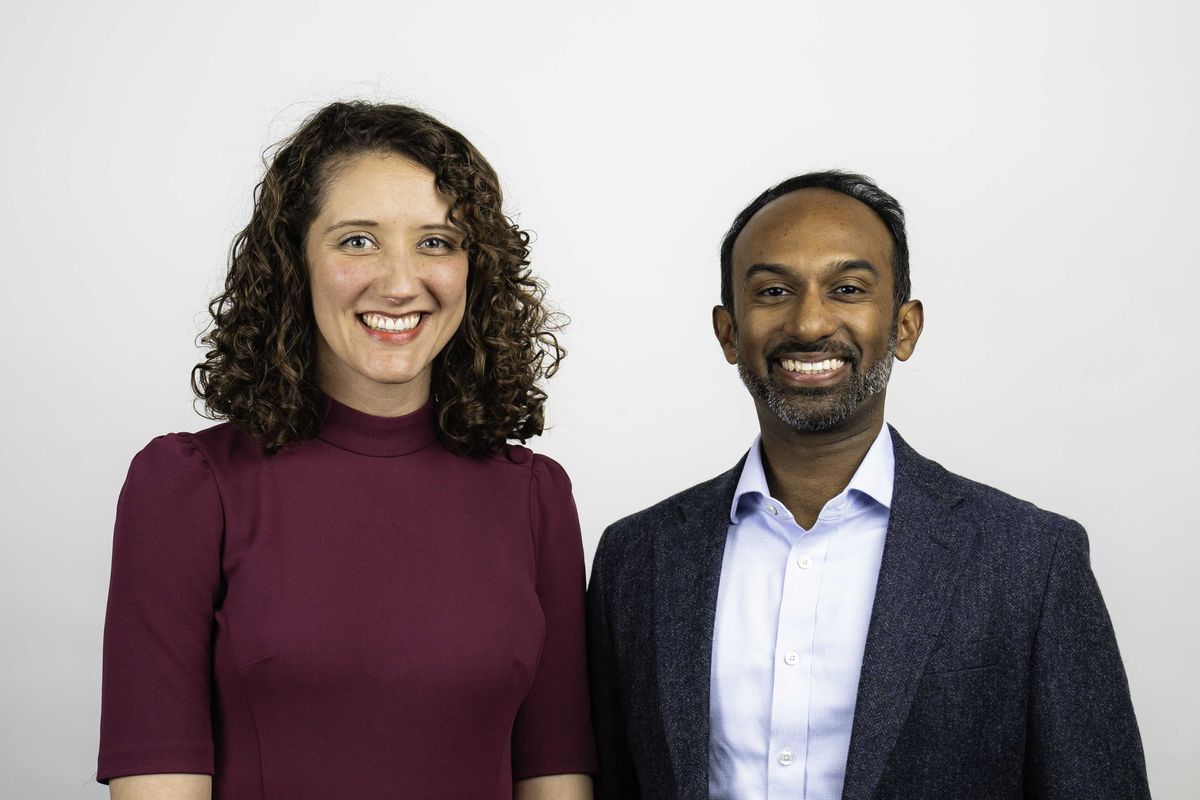Op-Ed: It's time for the greater Houston area to embrace connectivity
guest column
We live in a digital first world where the need for fast, reliable connectivity is not just something people want--it’s a necessity.
Connectivity plays a key role in every facet of life from economic development to public safety. Tomorrow’s innovations will rely on today’s infrastructure. That means cities and states must keep their eyes and efforts firmly fixed on the most up-to-date technology and prepare for modern wireless services, including 5G technology, the fifth-generation wireless system, in order to stay ahead of the curve.
Many of us have seen television commercials and internet ads touting the benefits 5G will bring, particularly as it relates to speed and reliability. But 5G is much more than speed. It will pave the way for innovation across a broad range of industries, injecting trillions into the global economy and ultimately changing the way we work, get around the city and live our lives. 5G connectivity will be able to process mass amounts of data with little to no latency, a requirement for the technology of tomorrow.
The economic impact will also be significant. A report from Accenture found that 5G will greatly benefit the Texas economy in the next five years, bringing Texas an estimated $235.8 billion in additional sales, $130.5B in new GDP and 1.35M in potential jobs.
Cities that embrace this coming technological boom will find themselves better prepared to tackle challenges and address the needs of their residents. Take public safety for example: 80 percent of 911 calls originate from mobile devices, which rely on a network of infrastructure – towers, small cells and fiber. 5G will enable seamless data transfer between first responders and dispatchers, including the exact location of a call as well as medical history to EMS. It will create a seamless network to properly communicate to other emergency services like fire and police departments. An estimated 10,000 lives could be saved each year if emergency response times were reduced by one minute.
Relevant to Pasadena are the transformations 5G will bring to healthcare and manufacturing. 5G is revolutionizing advanced training for medical professionals and allows more remote post-acute care and home-based models as well as enhanced communication between medical professionals. This will ultimately drive better patient outcomes and cost savings greater than 30 percent. 5G will also increase capacity and security for Pasadena’s wide variety of manufacturers, from chemicals to electronics to food and textiles, as well as create safer, smarter and more efficient processes that will drive continued innovation.
The full potential of 5G requires communications infrastructure–towers, small cells and fiber—and modernized regulations from local and state governments. Without the right infrastructure and policies in place, communities in Texas - like Pasadena - won’t have access to the innovative technology and benefits that 5G will embolden.
Research has found that 78 percent of Texans support their city leadership taking faster action to implement 5G technology. Yet Pasadena city officials have spent countless hours and financial resources since September 2020 fighting a lawsuit to prevent 5G installations in this community. Those dollars could have been spent on real community needs like infrastructure, utilities and public works. Pasadena is now behind its peers across the greater Houston area, where we have witnessed thousands of successful deployments of this necessary communications infrastructure. This puts Pasadena at a disadvantage as a great place to do business and improve the lives of residents.
It’s time for Pasadena to embrace the smart city infrastructure of the future. Other Texas cities like in Houston, Dallas and San Antonio, or even neighboring La Porte, have initiated smart policies that have encouraged connectivity in their communities as well as investments from industry. Unfortunately, Pasadena’s connectivity and infrastructure are being impeded by local politics. Every stakeholder should be at the table: industry, city officials, businesses, and most importantly, the local community, to support the expansion of the local 5G network.
------
Scott Dunaway is a spokesperson for the Texas 5G Alliance.




















